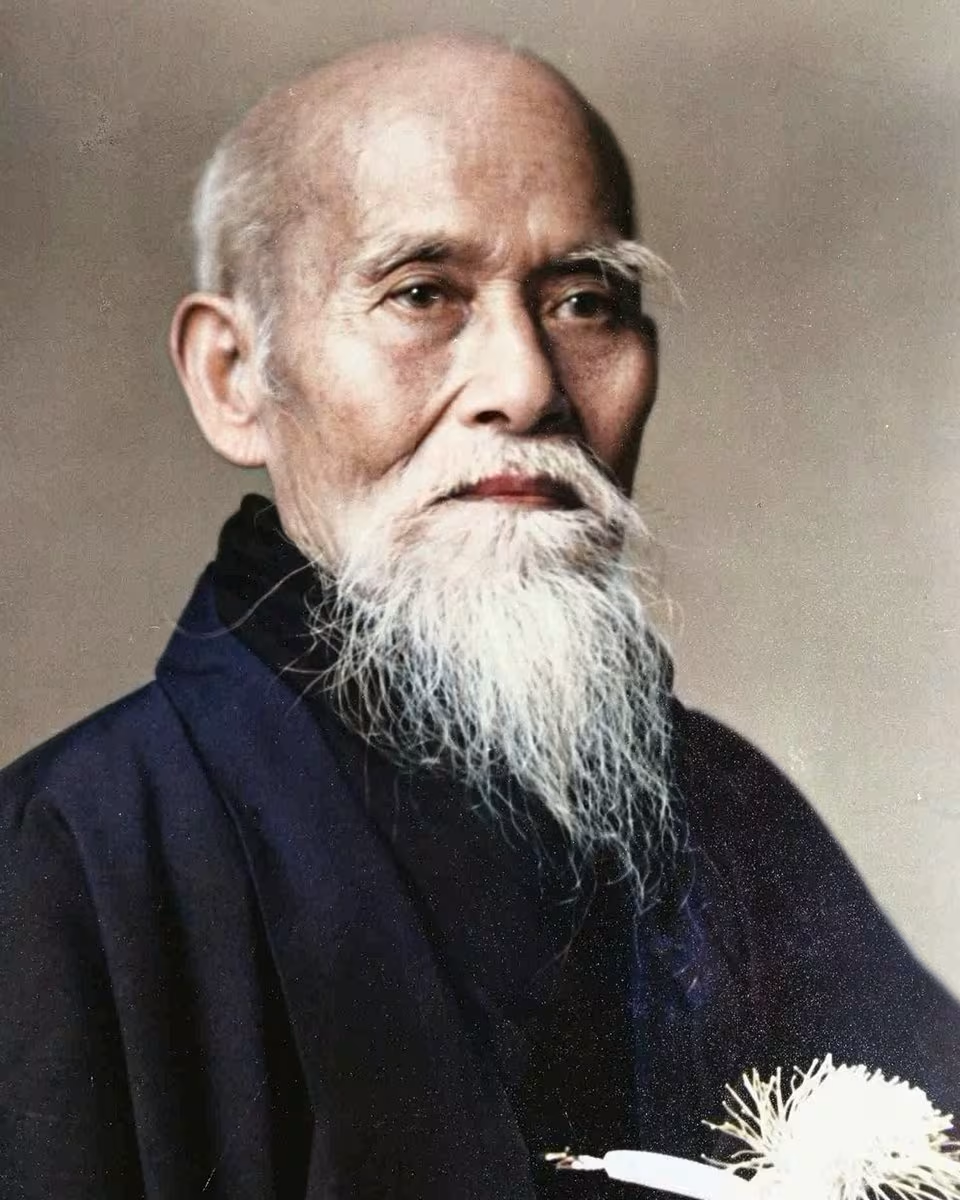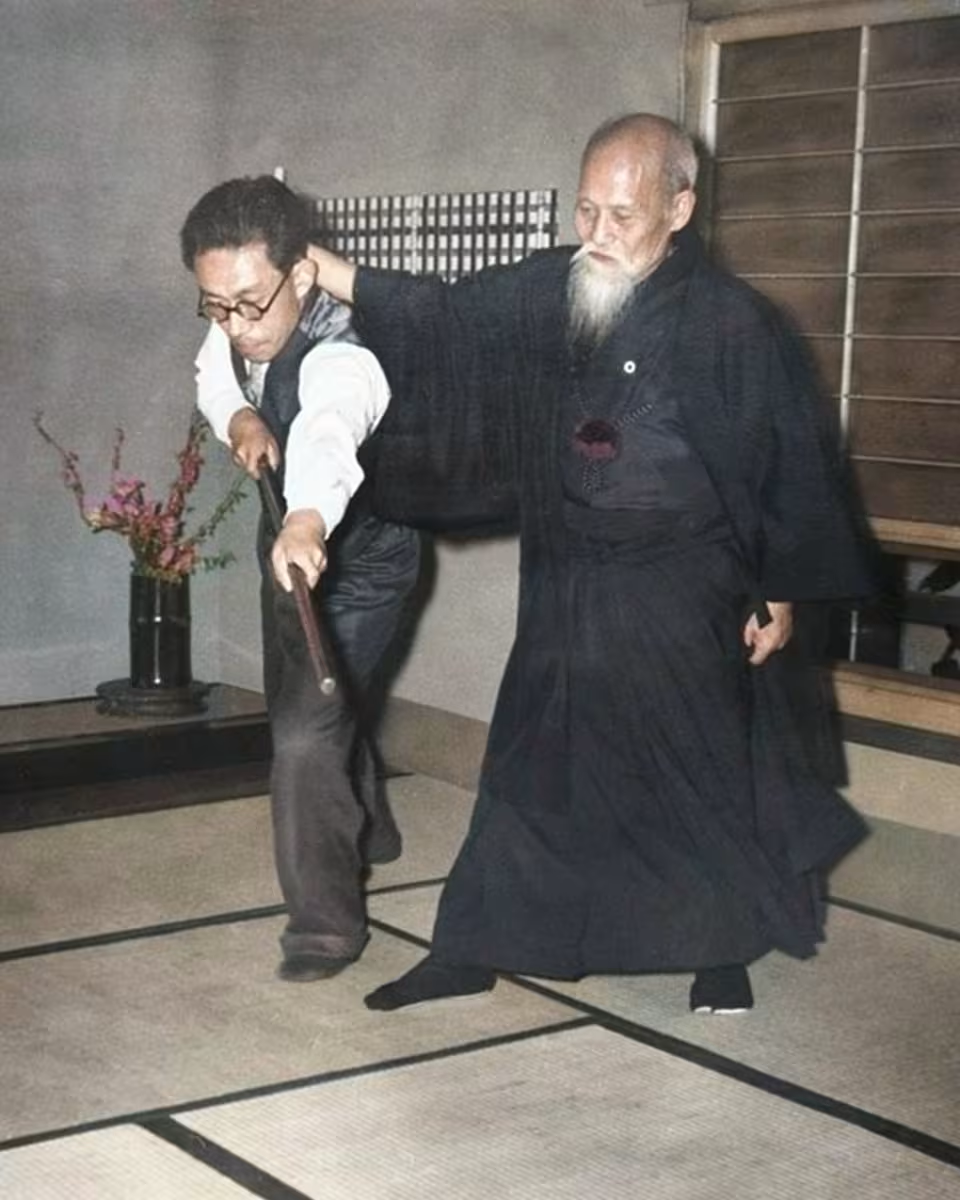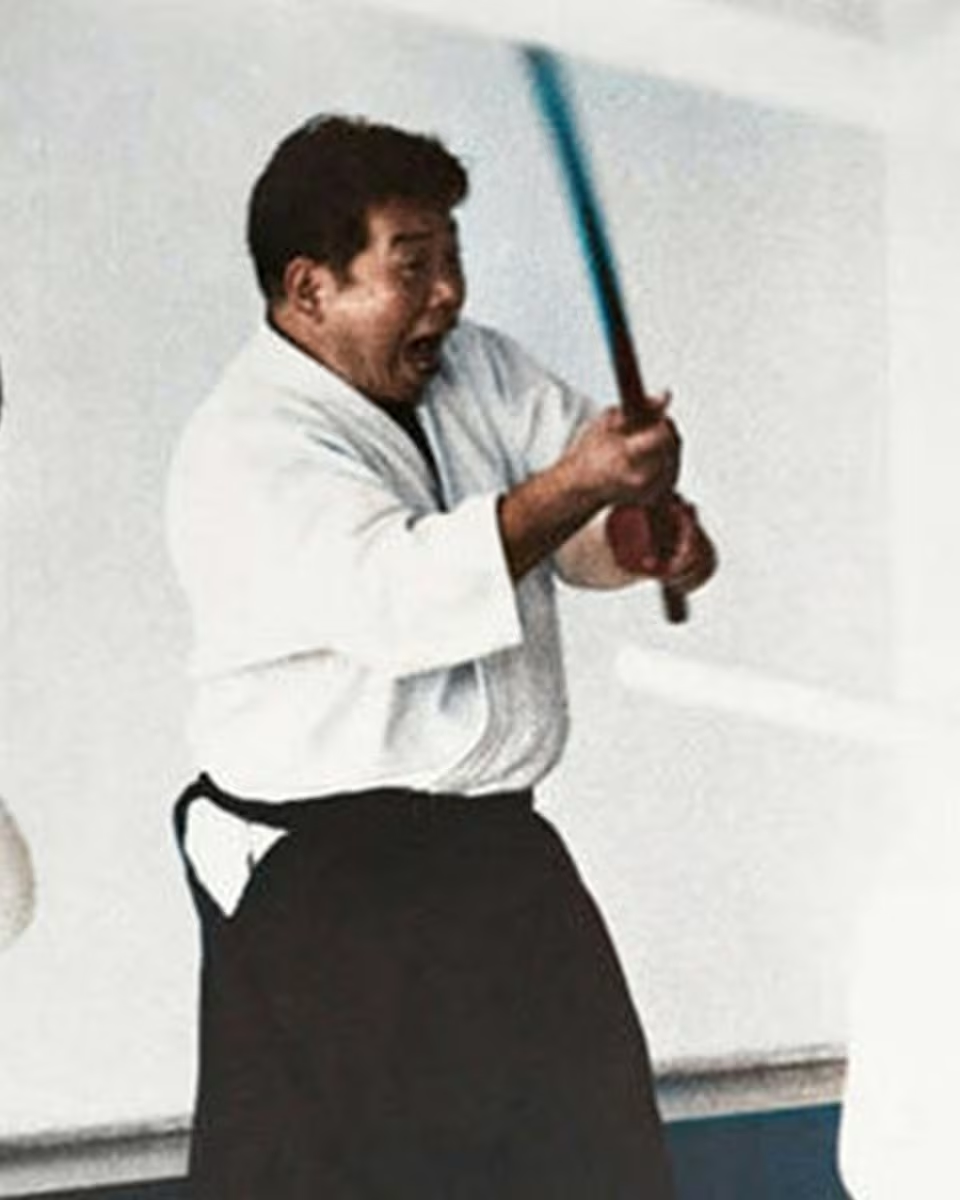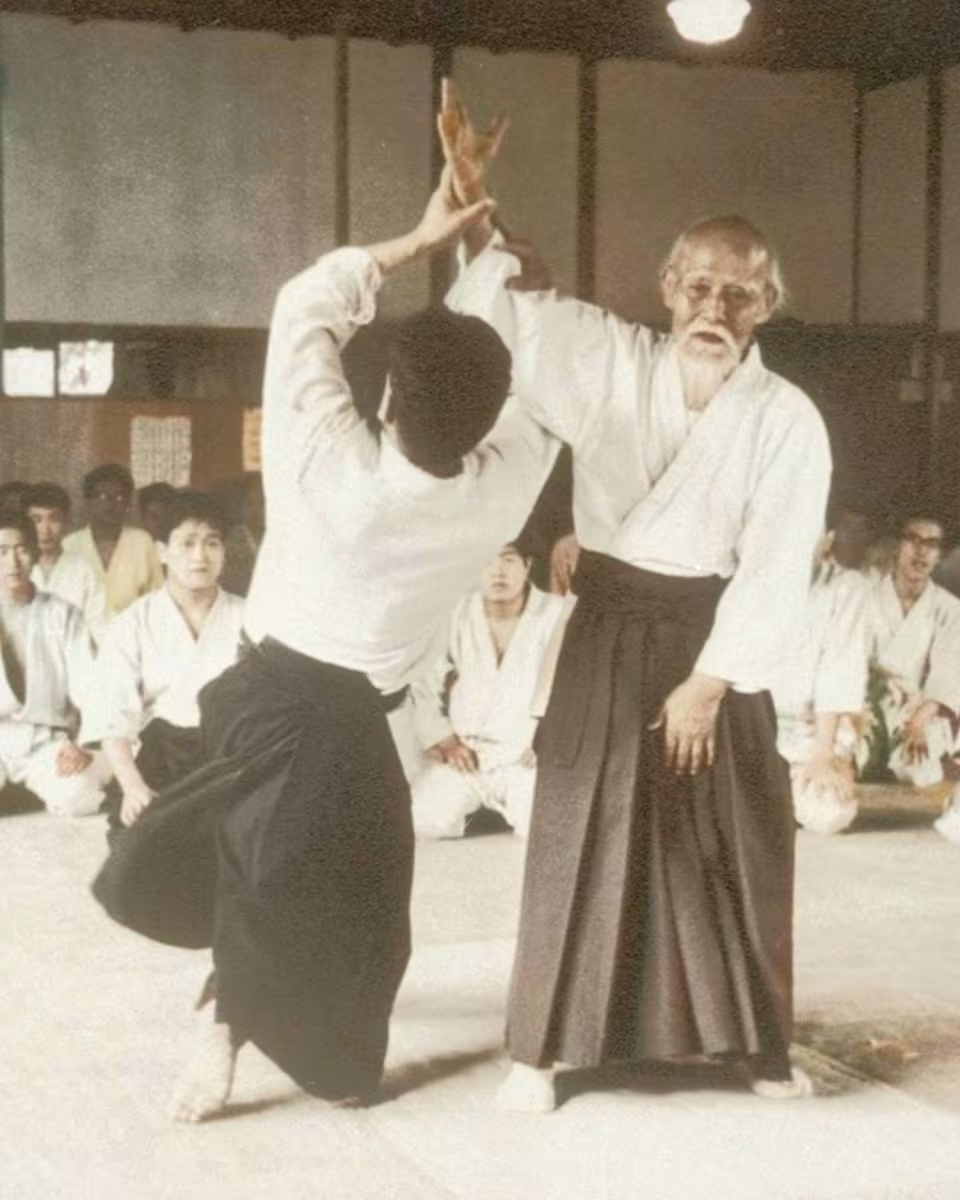
Aikido is a modern Japanese martial art rooted in traditional kenjutsu and jujutsu styles. It emphasises throws, pins, and joint locks, with a few striking techniques. However, its core principle is blending with and redirecting an attacker's force rather than opposing it directly. This principle makes Aikido accessible to people of all ages, genders, and physical abilities.
Aikido is not a sport, a self-defence system, or gymnastics. It is budo, the "martial way", a lifelong pursuit of discipline and self-improvement. Training develops technical martial skills while unifying mind, body, and technique. Practitioners cultivate resilience, morality, and a respectful demeanour, shaping their character through rigorous practice.
Beyond its martial applications, Aikido promotes health, balance, and self-confidence. Its principles extend beyond the dojo, encouraging a calm, adaptable mindset in daily life. As a path of continuous growth, Aikido serves as both a physical and philosophical journey towards self-perfection.
| More about Aikido |

Morihei Ueshiba, known as O-Sensei (The Great Teacher), was the founder of Aikido. Born in Western Japan in 1883, he spent his early years studying classical martial arts, including ju-jutsu and ken-jutsu. In the 1920s, Ueshiba gained a reputation as a skilled martial artist while teaching in Tokyo. During World War II, he withdrew to the village of Iwama, where he deepened his practice and refined his martial art.
After the war, Ueshiba established the Aikikai Foundation in Tokyo to promote the growth of Aikido worldwide. Despite his advancing age, he continued to teach, give demonstrations, and inspire students from around the globe.
Morihei Ueshiba passed away in 1969. His son, Kisshomaru Ueshiba, succeeded him as the Second Doshu, and today, his grandson, Moriteru Ueshiba, continues to lead the Aikikai as the Third Doshu.
| More about O-Sensei |

Morihiro Saito (1928–2002) was the longest-serving student of Morihei Ueshiba, the founder of Aikido. Training under Ueshiba for 23 years in the village of Iwama, Saito Sensei became the head of the Iwama Dojo and the keeper of the Aiki Shrine after the founder’s passing.
Renowned worldwide for his deep technical knowledge, Saito Sensei played a crucial role in preserving and systematising Ueshiba’s teachings. He emphasised the integration of empty-handed techniques (taijutsu) with weapons training (aiki-ken and aiki-jo), which became a defining characteristic of the Iwama style.
With over 50 years of training and more than 30 years of teaching, Saito Sensei travelled extensively, sharing the founder’s legacy across the globe. His dedication ensured that the precise technical and spiritual aspects of Ueshiba’s Aikido were passed down faithfully. Today, his lineage continues to thrive in Iwama and in dojos worldwide.
| More about Saito sensei |

Takemusu Aiki represents the highest level of Aikido, as envisioned by the founder, Morihei Ueshiba. The term combines two Japanese characters: Take (martial) and Musu (to be born), symbolising the spontaneous creation of martial techniques without conscious thought.
Ueshiba believed that Aikido training progresses through four stages: Basic Technique, Flexible Technique, Flowing Technique, and ultimately, Takemusu Aiki. This final stage reflects a state where techniques emerge effortlessly in response to any situation, guided by a deep understanding of Aikido’s principles.
Takemusu Aiki encompasses both empty-handed techniques and weapon training. Clear distinctions between forms—such as ikkyo and nikyo, omote and ura, and basic versus flowing techniques—are fundamental to this advanced practice. Through dedicated training, anyone can strive to reach this state, where technique and spirit merge into a seamless expression of harmony and martial effectiveness.
| More about Aikido |